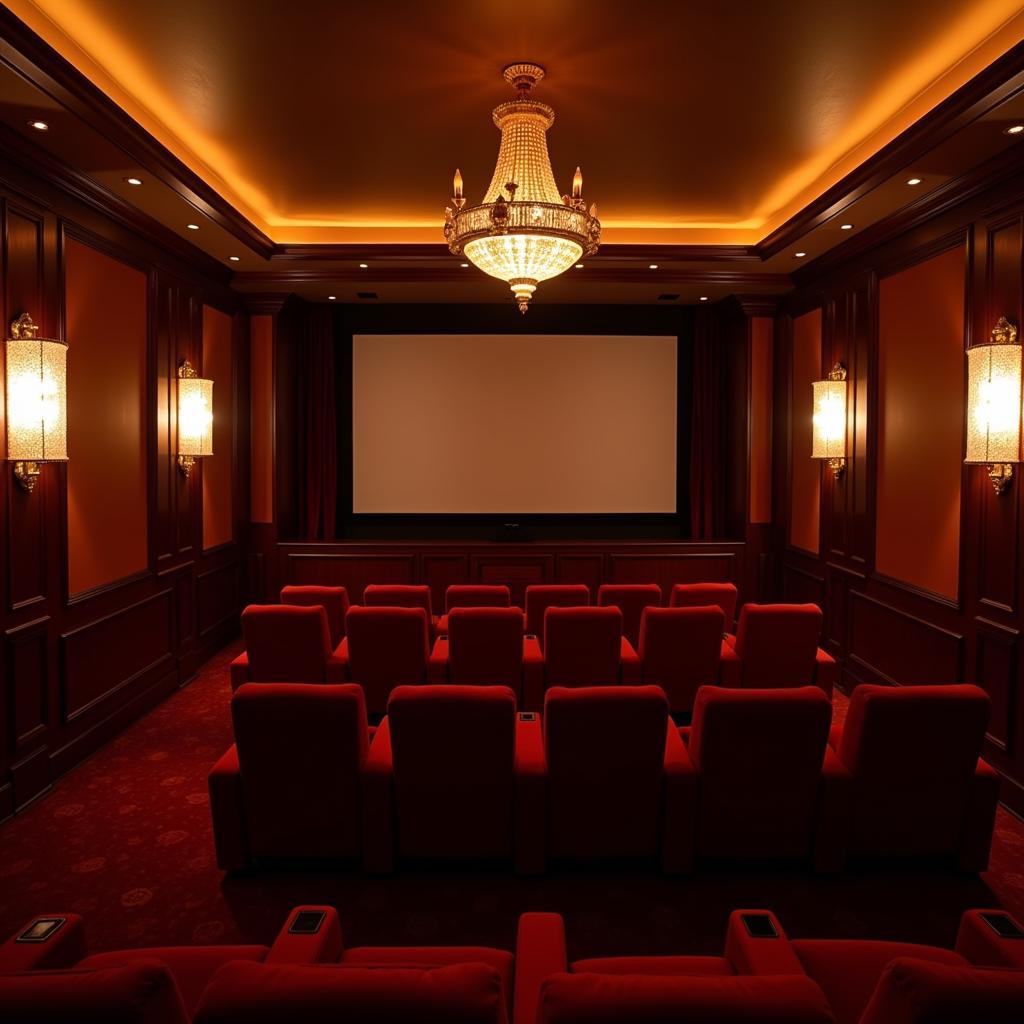Exploring the Divine Beauty of Chapel Art
Chapel Art encompasses a rich tapestry of artistic expressions found within sacred spaces. From stained glass windows that bathe interiors in ethereal light to intricate frescoes adorning vaulted ceilings, chapel art serves as a powerful conduit between the earthly and the divine. These artistic creations not only enhance the beauty of the chapel but also inspire contemplation, devotion, and a deeper understanding of faith.
After the introduction, we will delve deeper into the various forms and historical significance of chapel art. See how these artistic creations transform ordinary spaces into sanctuaries of awe and reverence. This exploration will take you on a journey through time and across cultures, revealing the captivating stories behind the masterpieces that grace chapels worldwide. You might also be interested in Catholic wall art, which shares some similarities in style and purpose.
The History and Evolution of Chapel Art
Chapel art has a rich history, evolving alongside religious practices and artistic movements. Early Christian art often featured symbolic imagery, such as the fish and the cross, representing core beliefs. As Christianity spread, artistic styles diversified, incorporating regional influences and reflecting the changing social and political landscape. The Renaissance witnessed a flourishing of chapel art, with masters like Michelangelo and Raphael creating breathtaking frescoes and sculptures that continue to inspire awe today.
 Renaissance Chapel Frescoes depicting biblical scenes
Renaissance Chapel Frescoes depicting biblical scenes
The Reformation brought significant changes to chapel art, with a shift towards simplicity and a focus on biblical narratives. Protestant chapels often featured didactic imagery, aiming to educate and reinforce religious teachings. The Baroque period saw a resurgence of elaborate ornamentation and dramatic compositions, reflecting the Counter-Reformation’s emphasis on emotional expression and spiritual fervor.
Different Forms of Chapel Art
Chapel art encompasses a wide range of artistic mediums, each contributing to the overall atmosphere and spiritual significance of the space. Stained glass windows, with their vibrant colors and intricate designs, filter natural light, creating an ethereal ambiance. Frescoes, murals, and mosaics adorn walls and ceilings, depicting biblical scenes and inspiring contemplation. Sculptures, ranging from intimate figures to monumental altarpieces, add a three-dimensional element, inviting viewers to engage with the artwork on a more visceral level.
 Modern Chapel Stained Glass with abstract designs
Modern Chapel Stained Glass with abstract designs
Beyond these traditional forms, chapel art also includes liturgical objects, such as chalices, crosses, and vestments, which play an integral role in religious ceremonies. These objects are often crafted with exquisite detail and imbued with symbolic meaning. For those interested in exploring other artistic representations of faith, you might find the topic of Jesus and art particularly insightful.
How Chapel Art Enhances Spiritual Experience
Chapel art plays a crucial role in enhancing the spiritual experience for worshippers and visitors alike. The carefully curated imagery and symbolism serve as visual aids for prayer and meditation, guiding individuals towards a deeper connection with the divine. The beauty and serenity of the chapel environment, enhanced by the presence of art, create a sense of tranquility and contemplation, fostering a receptive state of mind for spiritual reflection.
If you’re fascinated by the evolution of art throughout history, consider exploring Gardner’s Art Through the Ages: Western Perspective, which provides a comprehensive overview of artistic developments across different periods.
What is the purpose of chapel art?
Chapel art serves to inspire reverence and contemplation, illustrating biblical narratives and theological concepts.
What are common themes in chapel art?
Common themes include scenes from the life of Christ, depictions of saints, and symbolic representations of faith, hope, and love.
Where can I find examples of chapel art?
Chapels, cathedrals, and museums around the world house impressive collections of chapel art. Alternatively, you could delve into the world of art history research paper topics for a deeper academic understanding. You might also be surprised to find artistic inspiration in unexpected places, such as the Thy Art Is Murder LP.
Conclusion
Chapel art transcends mere decoration; it serves as a powerful expression of faith, inspiring contemplation and fostering a deeper connection with the divine. From the grandeur of Renaissance frescoes to the ethereal beauty of stained glass windows, chapel art continues to enrich the spiritual lives of countless individuals. The next time you visit a chapel, take a moment to appreciate the artistry and symbolism that surrounds you, allowing yourself to be transported to a realm of beauty and reverence.
FAQ
- What is the significance of stained glass in chapel art?
- How did the Renaissance influence chapel art?
- What are some common symbols found in chapel art?
- Where can I learn more about the history of chapel art?
- How does chapel art enhance the spiritual experience?
- What are the different types of materials used in creating chapel art?
- How is modern chapel art different from traditional forms?
Do you have any further questions on Chapel art?
Here are some related topics you might find interesting:
- The role of iconography in religious art
- The influence of different denominations on chapel art
- The preservation and restoration of chapel art
- The use of light and color in chapel art
For any assistance, please contact us at Phone Number: 02462573573, Email: [email protected] or visit us at Savico Megamall, 7-9 Đ. Nguyễn Văn Linh, Gia Thụy, Long Biên, Hà Nội 10000, Việt Nam. We have a 24/7 customer service team.


